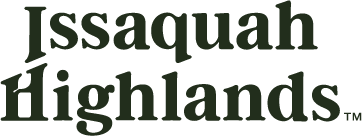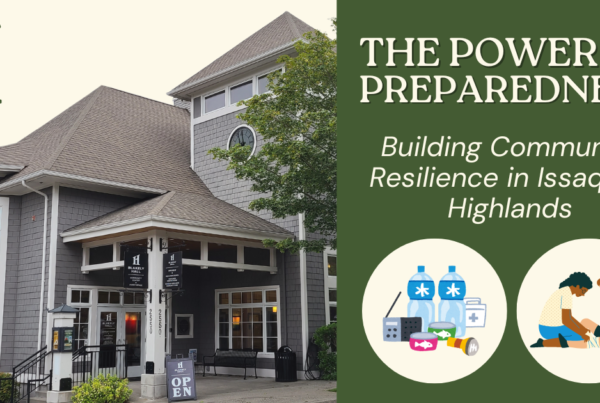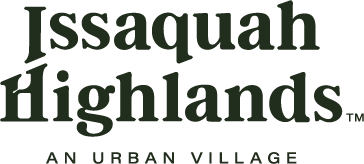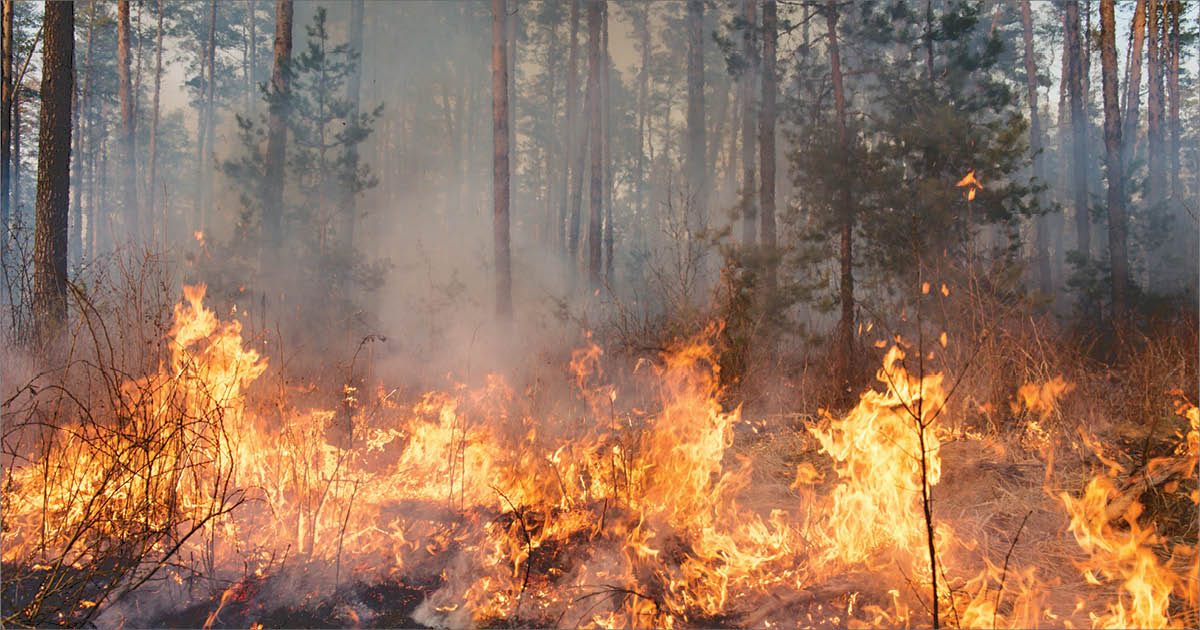
One Sunday morning in October 1991, I was walking along the shores of San Francisco Bay on Alameda Island when I noticed a huge cloud of dark gray smoke rising from Oakland Hills to the north.
Eyewitness reports testify that a small ember from a smoldering fire extinguished the night before and overhauled by firefighters through the night blew into a tree outside the burn area. With an unusually high east wind and record high temperatures, the tree exploded into flame, and the resulting fire quickly went out of control. This was the Oakland firestorm of 1991 that left 25 people dead, 150 people injured, and 3,469 homes destroyed over 1,500 acres.
Fifteen years later, in 2005, we moved to Issaquah and having witnessed the Oakland firestorm, I couldn’t help wondering whether a similar event could happen here. After experiencing climate change in Issaquah Highlands over the past 15 years, my primary concern is fire for several reasons:
- Western Washington is now considered just as high a fire risk as eastern Washington.
- Residential growth has occurred in our area, but the capacity to move traffic remains unchanged.
- Maturing, protected greenbelts provide a wealth of flammable debris and underbrush that feed devastating fires.
House and yards can survive a fire. As a homeowner, you can protect your family and your investment. Start by taking the following precautions every year.
Review and securely store important documents.
Make sure your insurance policies and personal documents, including your ID, are up to date. Make copies and keep them in a secure password-protected digital space so they can be accessed from anywhere.
Strengthen your home’s defensible space.
Use fire-resistant materials when renovating or making repairs to your home. Create a fire-resistant zone at least 30 feet around your home that is free of leaves, debris, or flammable materials.
Know your evacuation plan.
You may have to evacuate quickly. Have go-bags ready, know your evacuation routes, practice with household pets, and identify where you will go to connect with loved ones. Make sure everyone in your household knows and understands what to do to quickly evacuate. Know how the pandemic would affect your plans.
Be aware of community resources.
You’ll want to follow instructions from local authorities because, as the situation evolves, they will know the quickest and safest evacuation routes. Know where local shelters may be and how you will cope with being in a shelter during the pandemic. Tune in to Issaquah’s emergency communication radio station at 1700 AM for instructions and information.
With the threat of wildfire growing nationally, the National Fire Protection Association has created the Firewise USA® program and has set aside May 1 as Wildfire Community Preparedness Day. To participate, download the 2021 toolkit and use it to plan your project. Eastside Fire and Rescue (EFR) will also actively participate in Firewise USA® in May and throughout the summer. Watch for local presentations to answer questions and address concerns.
Bob Otis is a CERT Team 9 member and a Dahlia Park resident.
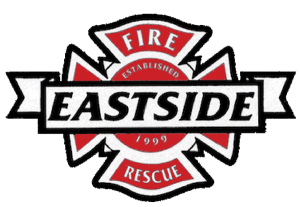 Don’t Miss This!
Don’t Miss This!
Follow official Issaquah Highlands digital media for an upcoming “5 Questions” video interview with EFR Battalion Chief Dave McDaniel on wildfire threats in our area. Click here to stay connected to all of our community’s official digital media channels.
Additional Resources
Ready.gov Wildfires Preparedness Guide
National Fire Protection Association
Wildfire Community Preparedness Day
Washington Department of Natural Resources Wildfire Prevention Tips
“Living with Fire: A Guide for the Homeowner” (PDF)
Published by the Washington Department of Natural Resources
